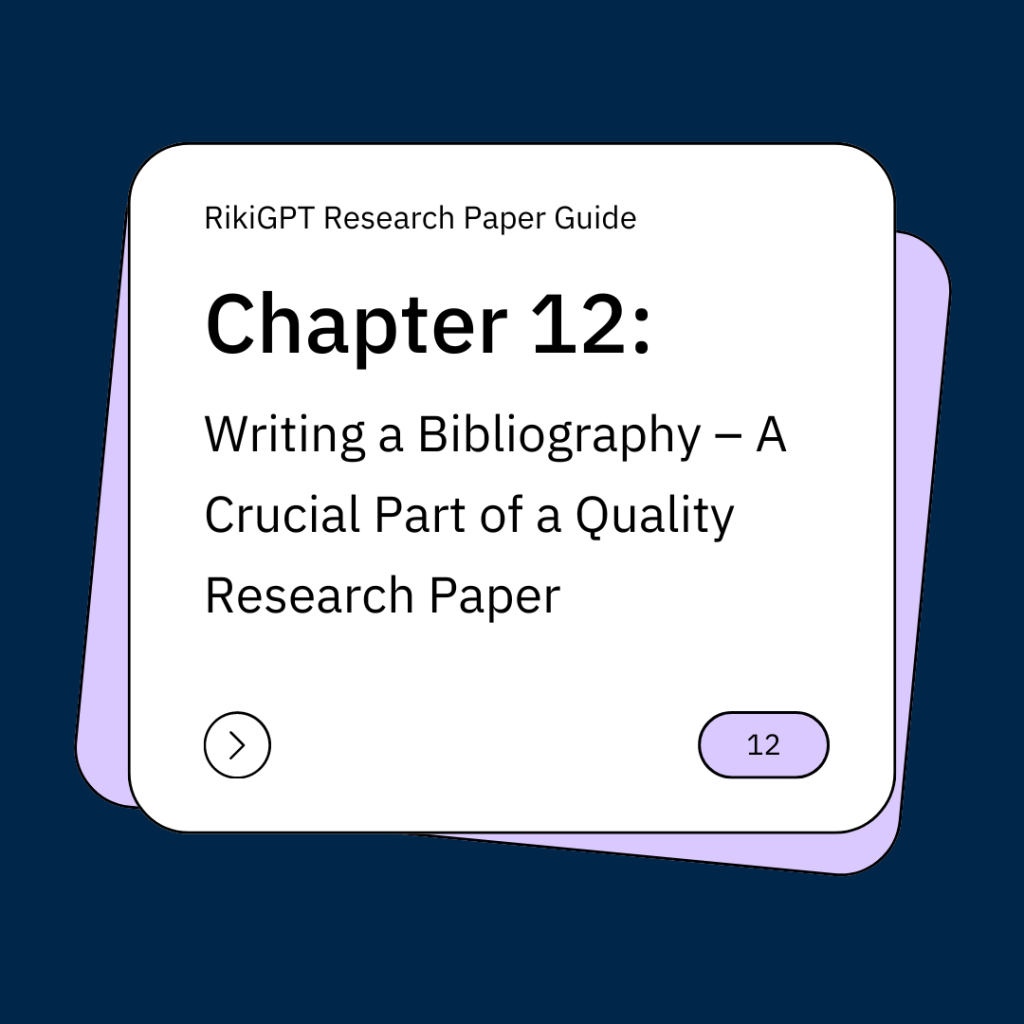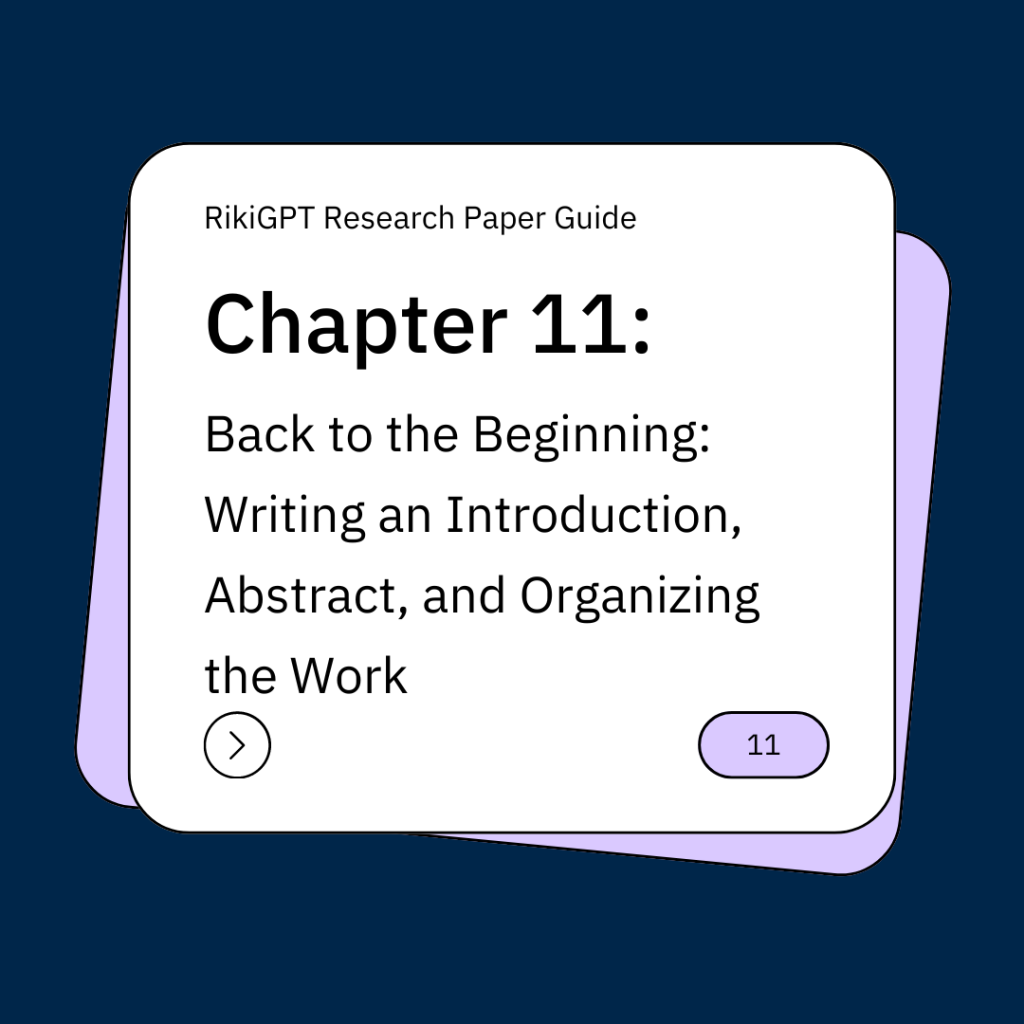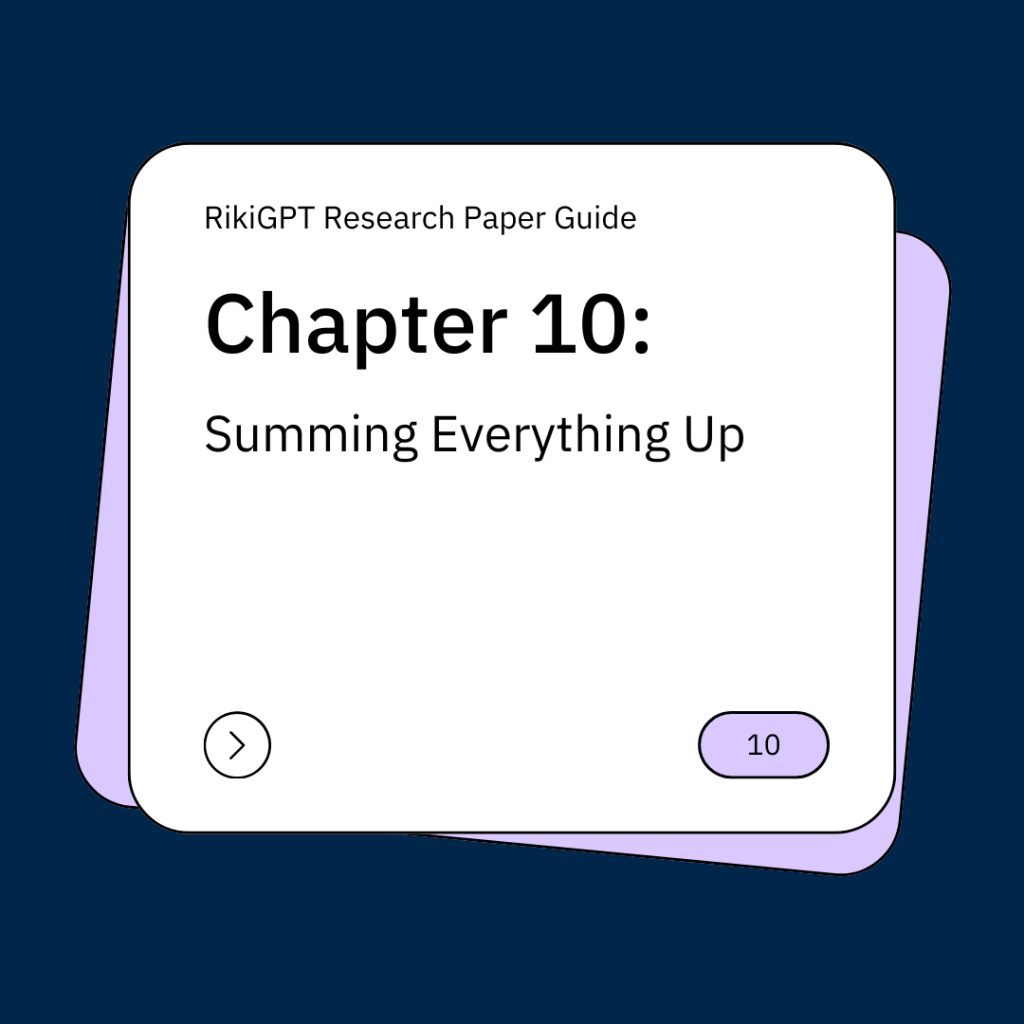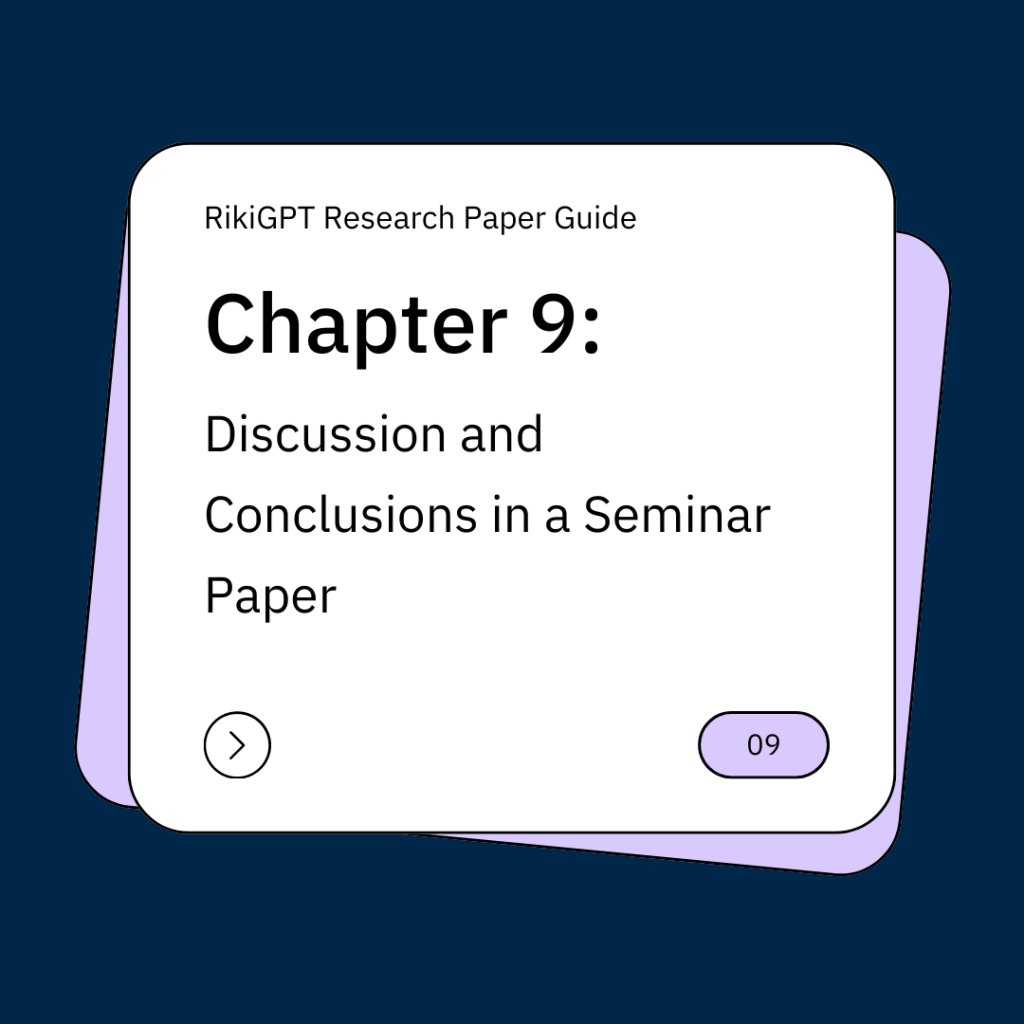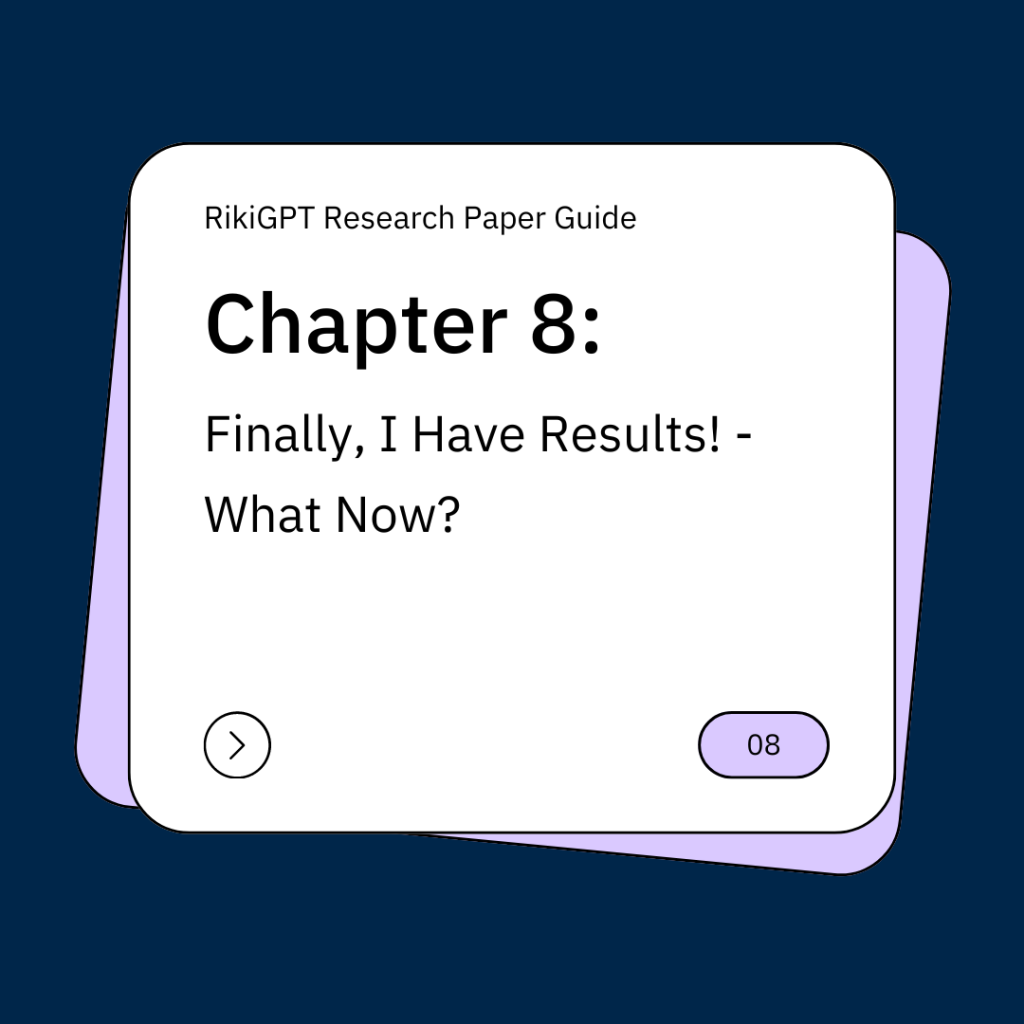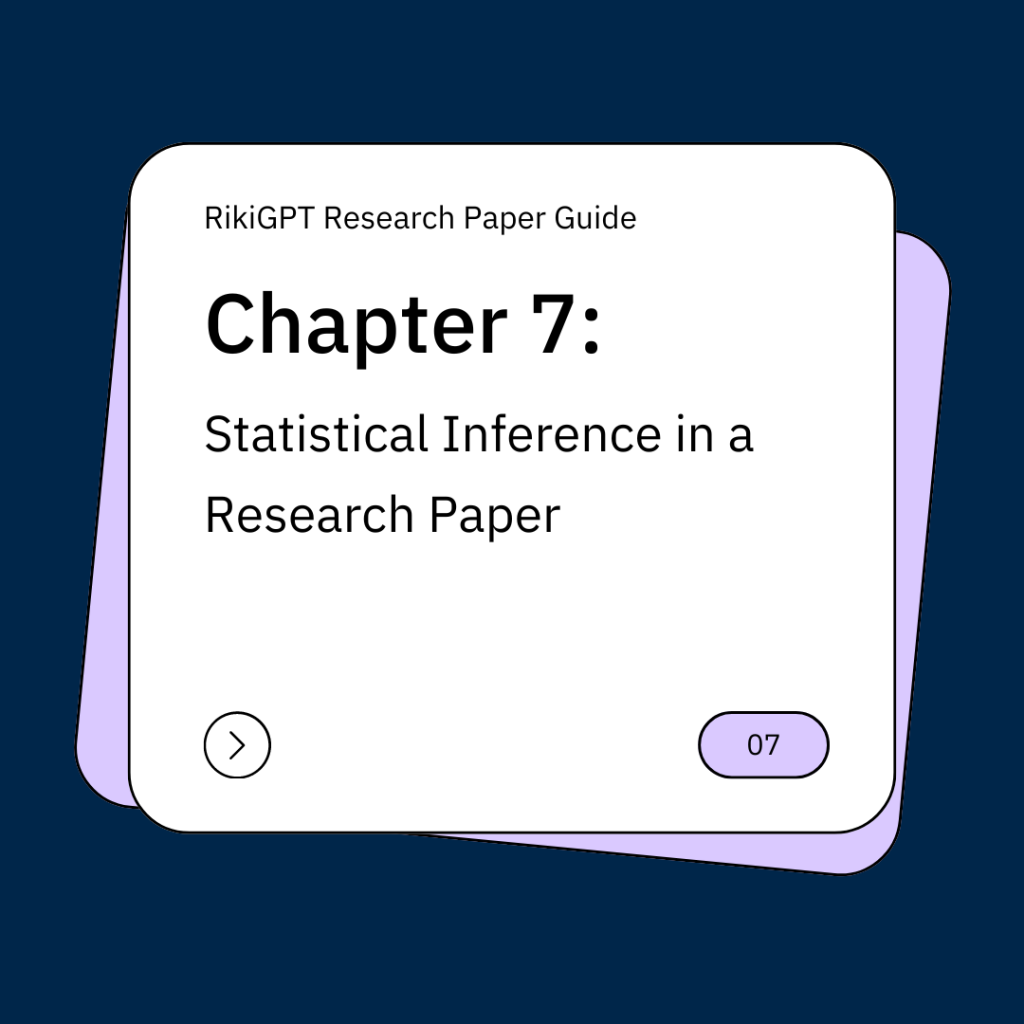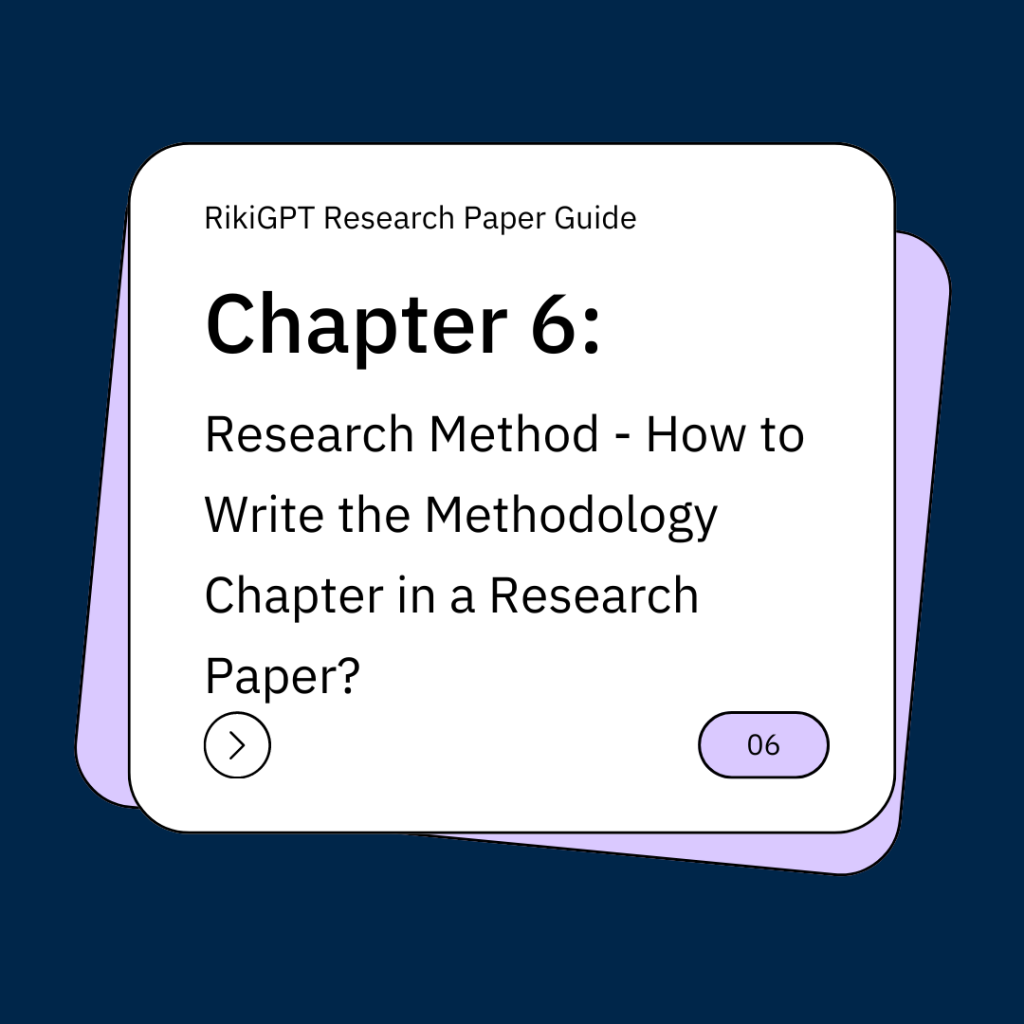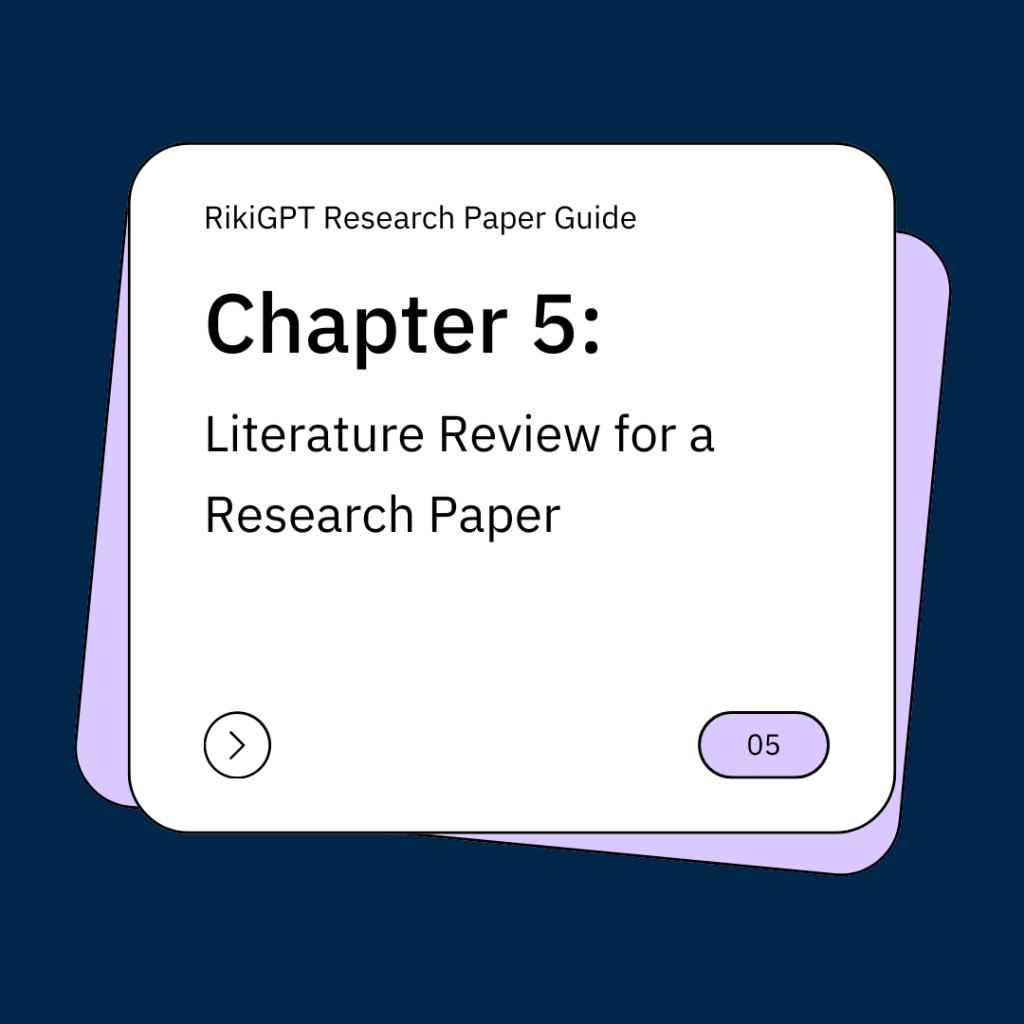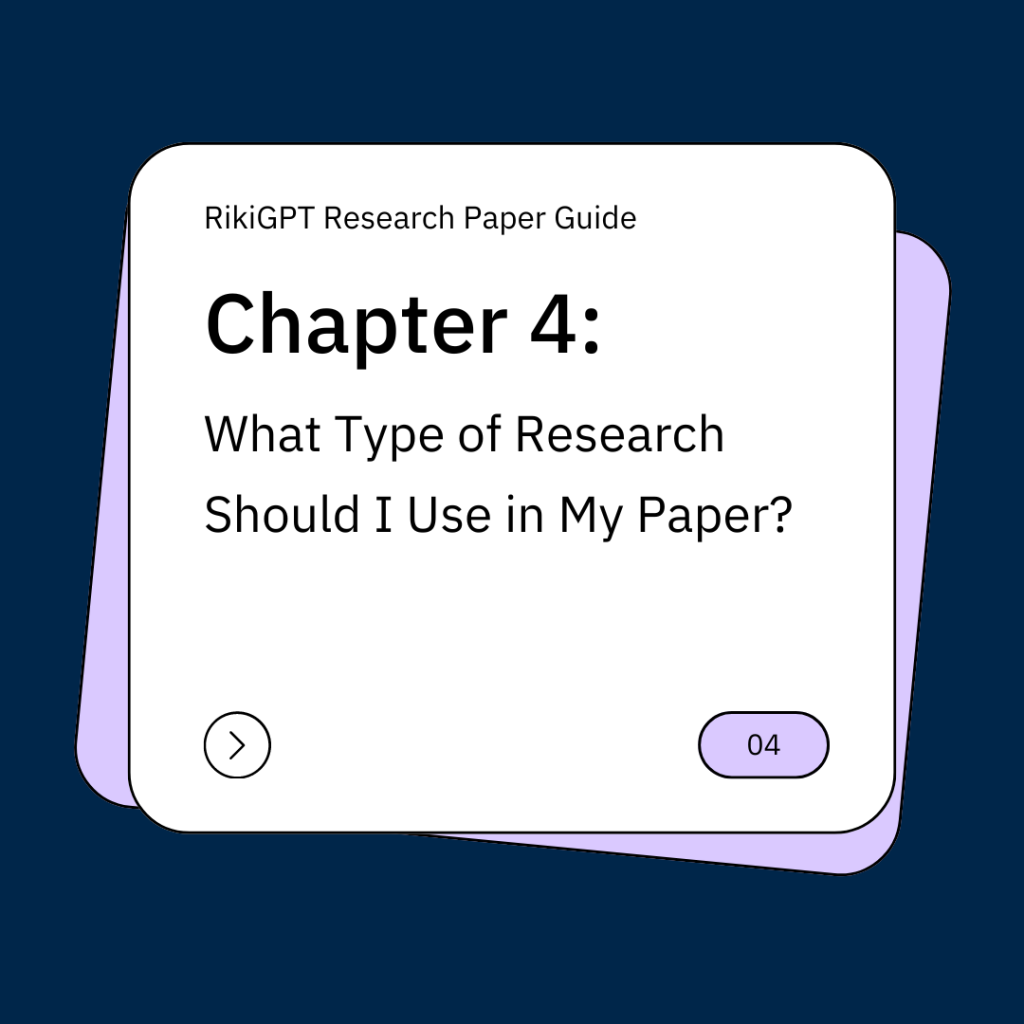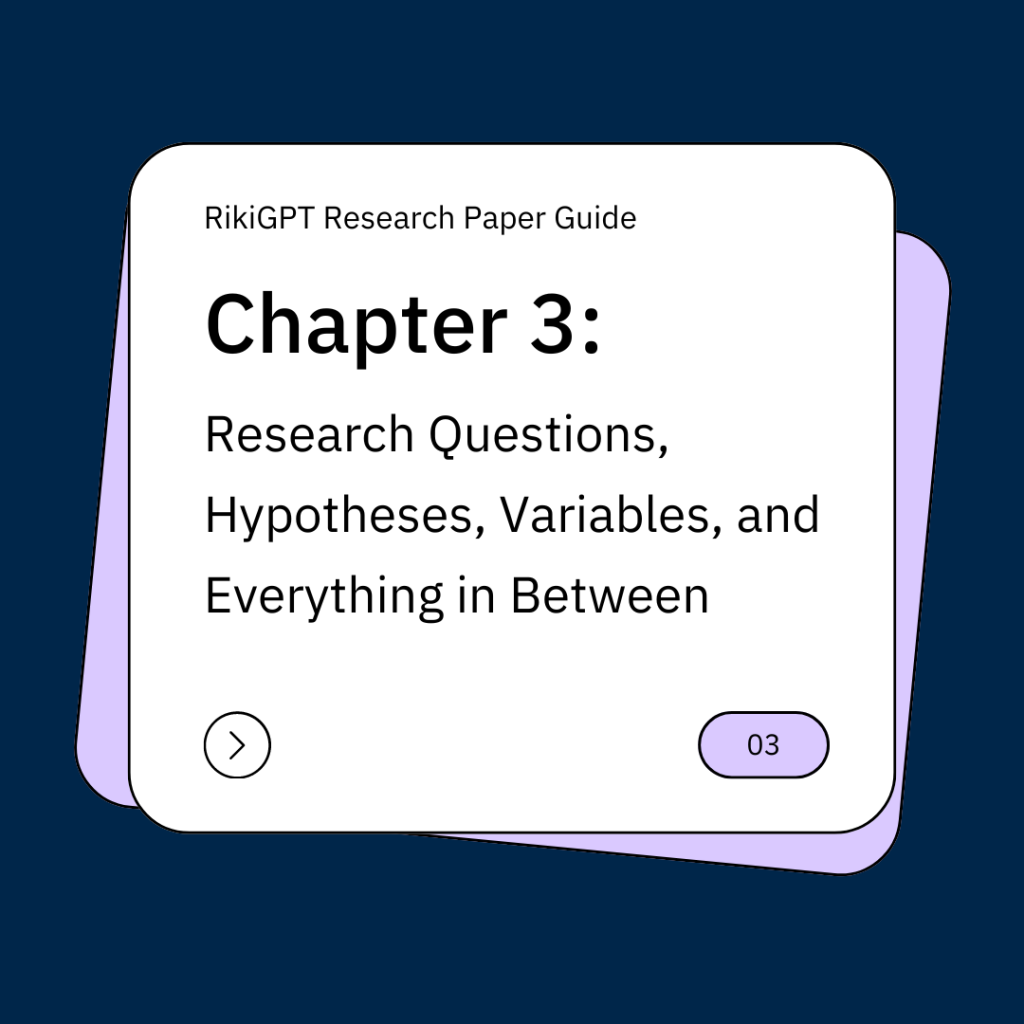This part is nicknamed the “student scare” phase, and it’s a pity it’s seen this way because this is where everything you’ve done—the research, writing, interviews, edits, and everything in between—culminates in a single moment of clicking “Calculate Match” in SPSS. And almost always, we end up with a perfect correlation of 0.895 with high statistical significance and a huge smile on our faces. We’ve cracked the connection between drinking coffee in the morning and an increase in alertness. Or something like that. This typically happens because you’ve played a bit with the data to fit your hypotheses, but that’s a story for another chapter 😉 So let’s get to it. How do you perform statistical inference? It would be hard to give a comprehensive guide without making you want to sleep (as if you’re not already there), so we’ll list the important points in a “do’s and don’ts” —everything you need to know about statistical inference in a research paper. First, try not to overdo data collection. A large amount of data requires a more professional and meticulous filtering of the sample, and you don’t really have the capacity to do that. Create a small, quality sample and try to draw conclusions about a limited population. Like in our example, about political science students. Second, construct a questionnaire with coherent hypotheses. For example, if we want to check the financial literacy level of women in the lower-income areas, we could ask questions like: Is it important for you to thoroughly read the paperwork you sign at the bank? Is it important for you to track your expenses during the month? In these questions, the statements would range from “not at all” to “very much so.” Be careful of questions that create numerical mismatches with each other. For example: Is it important for you to thoroughly read the paperwork you sign at the bank? Do you think it’s okay to forego monthly expense tracking? If the respondent has high financial literacy, she would answer the first question with “5”, meaning “very much so”, and the second question with “1”, meaning “not at all”. This creates a numerical mismatch that will lead to problems in the overall match test at the end of the study. The next step is data collection. You can create an online questionnaire using Google’s perfect platform https://www.google.com/forms/about/ and distribute it to subjects. Here we want to emphasize that good statistical research strives for as much randomness as possible. But in our specific case, it’s pretty hard to choose samples randomly, so there are several ways to work around this. If, for example, we want to sample political science students, we would publish our questionnaire in the Facebook or WhatsApp groups of the major. We are somewhat deviating from randomness, but not too much, and that’s exactly what we need for our little research paper. The next step will be to extract the data received and re-record it in Excel. It is very important to record the data uniformly. For example, if we collected data on the question “Number of years of study”, we strive to record numbers rather than the word “two years”. In addition, we want to convert verbal data like “female” to be “1” and “male” to be “0”. If you organize the data this way and watch for mismatches in the form, you will prevent significant errors. The next step is to transfer the data to statistical inference software. We really like to use the SPSS software, but there are other good software options like JASP, JAMOVI, and more. Also, it’s worth knowing that Excel is as good of a platform for checking variable matches in a simple way. The last step is to produce output findings. The findings output will be based on choosing the correlation coefficient, whether it’s Pearson, Spearman, Cramer, and more. (It’s important to know in advance which correlation coefficient you will use to tailor the questionnaires and data accordingly.) After you’ve received the desired tables, it’s time to analyze them and explain to the reader what the results were, and to yourself along the way… Actually, using tools like RikiGPT can drastically ease the effort in creating the methodology chapter of your research paper. Just provide RikiGPT with your research data and specifics of your desired research method, and Riki will craft an entire chapter in a minute. This capability allows you to focus more on the analysis and less on drafting lengthy descriptions, making your academic work both efficient and effective. If we decided to do qualitative research instead of quantitative, then one of the key steps is conducting a theme analysis. So, what exactly are themes? Themes are like the gold in your mountain of data; they are patterns or topics that keep appearing in the conversations, interviews, or text collections. Essentially, they represent the core ideas that repeatedly surface and are critical in understanding the underlying ideas in the data. Analyzing themes involves sifting through your data to identify these repeating patterns, which can reveal insights about perceptions, experiences, and more. It’s a bit like detective work, where you’re piecing together clues to form a coherent picture of the information you’ve gathered. Now, imagine if you could speed up this lengthy process with a dash of AI magic. Enter ChatGPT, which you can use to lighten your analysis load. By simply uploading the transcript of your interviews to ChatGPT, you can ask it to extract themes for you. Then, the AI does the heavy lifting by scanning through your data, identifying and pulling out the recurring topics. It’s like having a super-smart assistant who can read through pages of conversation and highlight the important bits in no time. This not only saves hours of manual coding and note-taking, but also ensures you don’t miss out on any subtle themes that might be easy to overlook. After ChatGPT pulls out the relevant themes and quotes for you, you can send everything to RikiGPT and she
